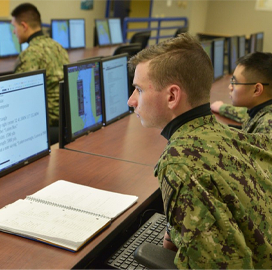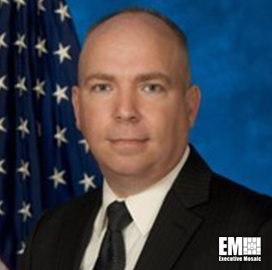Mike Knowles, senior vice president of Cubic Corporation and former president of Cubic Global Defense (CGD), has been appointed to lead the company’s newly established Cubic Mission and Performance Solutions (CMPS) as president of the division.
“His military background in C4ISR systems coupled with a strong track record of more than 25 years of experience in military and commercial simulation and training make him ideally suited to head this combined defense business,” said Bradley Feldmann, chairman, president and CEO of Cubic Corporation.
In Knowles’ new role, he will be responsible for the strategic direction and business management of the company’s C4ISR and training solutions in the global defense and commercial markets. Knowles has more than two decades of experience in the aerospace, defense, military and commercial training fields.
Knowles has served as president of CGD since 2018. In his previous position, he improved operations and employee engagement as well as expanded the company’s strategic priorities. Knowles was promoted to CGD president after serving as vice president and general manager of CGD’s Air Ranges business since joining Cubic in 2014.
Before joining Cubic, he served as the senior director of Air Transport and Mission Solutions for Rockwell Collins, where he was responsible for the company’s simulation and training business which included training devices, visual systems, technical publications, re-hosted avionics and desktop training for the fixed wing commercial, military air transport and mission aircraft markets.
A retired U.S. Navy commander, Knowles has served as a Naval flight officer on the EC-130 and E-6 aircraft, as well as the Aerospace Engineering duty officer.
“While serving as President of CGD, Mike Knowles has greatly improved operations and employee engagement, in addition to further advancing our strategic priority to deliver leading edge capabilities for the multi-domain environment, enabled by Live, Virtual and Constructive training solutions,” Feldmann added.
The CGD segment was merged with the Cubic Mission Solutions (CMS) segment and placed under his leadership in August 2020.
About Cubic Corporation
Cubic Corporation is the parent company of three major businesses, Cubic Transportation Systems (CTS), Cubic Global Defense (CGD), and Cubic Mission Solutions (CMS). CTS is a leading integrator of payment and information technology and services for intelligent travel solutions worldwide. CGD is a leading provider of realistic combat training systems, secure communications and networking and highly specialized support services for military and security forces of the U.S. and allied nations. CMS provides networked Command, Control, Communications, Computers, Intelligence, Surveillance, and Reconnaissance (C4ISR) capabilities for defense, intelligence, security, and commercial missions.
All three of our businesses provide innovative technologies and an integrated approach to systems and services for government and commercial customers around the globe. This integration ensures our customers receive streamlined operations and strategy, cost-efficiency and speed to market.








